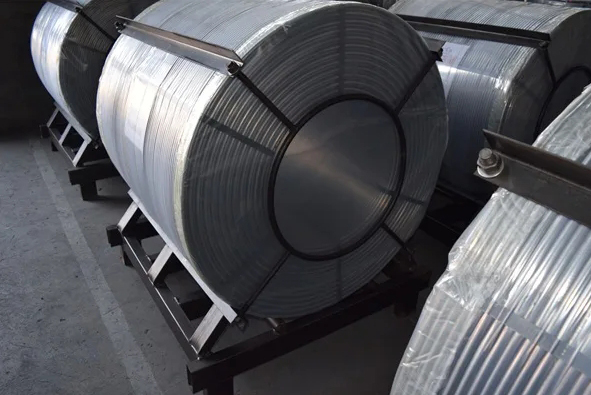
Thermal expansion is a property of all materials that changes with temperature. When a material's temperature increases, it expands; when the temperature decreases, it contracts.
Different materials have different thermal expansion coefficients, and large differences can cause tensile stresses during welding or cold cracking in service unless proper jigging is used.
When a solid material changes temperature, it expands or contracts by an amount depending on its thermal expansion coefficient. The thermal expansion coefficient (or linear expansion coeffi- cient, a) is a factor that is determined by the material’s other physical properties and can be found in its data sheet.
When the thermal expansion coefficient for a material is increased, its particles have more energy, and this energy causes them to vibrate more vigorously. This vibration pushes the atoms and molecules farther apart, causing the material to increase in volume.
For example, a steel rod of length L with a coefficient of linear expansion of 12 x 10-6/degC and a modulus of elasticity of 200 GPa will have tensile and shear stresses generated when it is fitted centrally inside a copper tube of internal diameter 35 mm and external diameter 60 mm at 0 degC. This example demonstrates the importance of determining a material’s thermal expansion and stress ration.
Modern optical dilatometers can track the linear dimensional changes of test specimens as they are heated and cooled with controlled temperature programs. These dilatometers can also be equipped with different software programs that return data points, plotting functions and other analysis features.
One of the most common applications of dilatometry is determining the Coefficient of Thermal Expansion (CTE) of materials. However, it can also be used to monitor phase transformations, e.g. the transition from body-centred cubic (BCC) ferrite to face-centred cubic (FCC) austenite, in steels and other metals.
When analyzing the results of a CTE measurement, it is important to remember that the peaks in a dilatometry curve may be caused by more than one event. For example, during tempering, a dip can be seen in the dilatometric curve that is caused by the decomposition of retained austenite and the precipitation of tungsten carbides. The temperature range for the decomposition of retained austenite is around 80 to 200 °C.

Most materials expand as they rise in temperature. Their length increases a fixed fractional amount, depending on the original length l0, the change in temperature t and the material’s coefficient of linear expansion a. The value of a varies from substance to substance. In a typical metal such as steel, it is about 12 x 10-6 per deg C.
This effect is useful for precision engineering: most thermometers work using thermal expansion. Liquid thermometers, for example, contain a liquid such as mercury or alcohol in a tube that can be restrained to flow only in one direction. As the liquid travels up the tube, its movements are correlated with temperature by a sensor and reported as a reading on a thermometer scale.
Kovar is a copper-nickel alloy that has a low coefficient of thermal expansion and, thus, is used in many types of electrical equipment, including light bulbs. It is also used in borosilicate glass tubes for electronic components. This enables mechanical connections between glass and metallic conductors within the tubes.
When a solid expands when it is heated, the change in length of any one side of the material is proportional to the original length L0 and the rise in temperature t. The rate of this expansion is called the coefficient of linear thermal expansion (CTE).
The CTE of a material can vary depending on how it is fabricated. For example, some alloys have a low CTE that makes them useful in applications that require small changes in physical dimensions over a wide range of temperatures.
Additive manufacturing has the potential to lower the CTE of a multi-material part and improve its performance. To test this, a series of experiments were performed on a steel base plate and a face milled Invar bead. The results show that the CTE of the printed Invar was significantly lower than that of the steel. The CTE of the steel increased closer to the weld interface. This increase was primarily due to element diffusion.

Write a Message